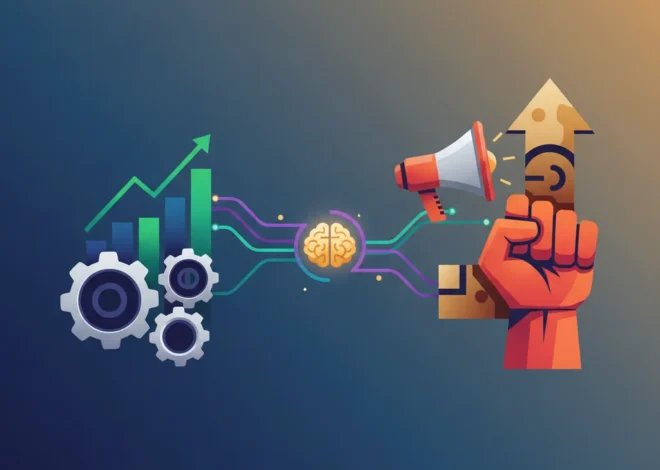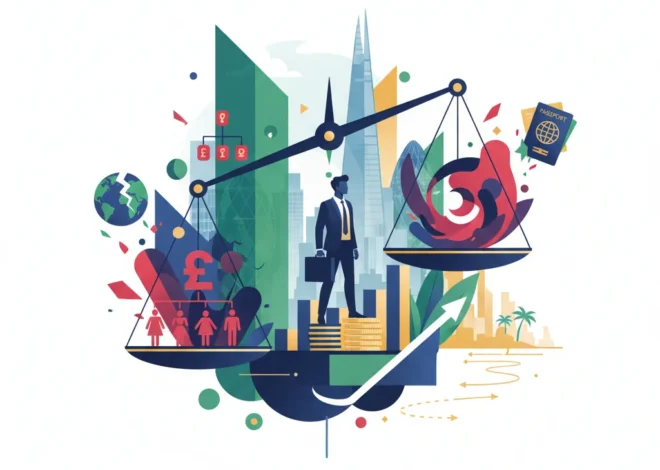
The Rejection Edge: Why Seeking ‘No’ is the Ultimate Strategy for Success in Finance
In the high-stakes arenas of finance, investing, and technology, the word “no” can feel like a final verdict. A rejected funding pitch, a stock trade that goes south, a strategic proposal shot down by the board—each “no” can sting, chipping away at confidence and ambition. We are culturally and psychologically wired to seek approval. But what if the most powerful strategy for success wasn’t avoiding rejection, but actively seeking it?
This is the counterintuitive premise behind “rejection therapy,” a concept gaining traction as a powerful tool for building the resilience, confidence, and audacity required to thrive in today’s volatile economy. Advocates argue that by systematically desensitizing ourselves to the word “no,” we can unlock a new level of professional freedom and innovation. It’s a mental workout that transforms a source of fear into a source of data, and for anyone navigating the complex worlds of the stock market, fintech, or corporate leadership, it might just be the competitive edge you’ve been missing.
The Psychology of ‘No’: Why Rejection Holds So Much Power
The fear of rejection is not a modern phenomenon; it’s a deeply ingrained survival instinct. As social creatures, our ancestors depended on group inclusion for safety and resources. Ostracism was a death sentence. This ancient fear echoes in our modern professional lives. The anxiety before a big presentation, the hesitation to ask for a raise, or the reluctance to pitch a truly disruptive idea all stem from this fundamental fear of being told “no” and, by extension, being cast out.
Rejection therapy, popularized by entrepreneurs like Jia Jiang, tackles this fear head-on. The goal isn’t to be obnoxious or to fail for failure’s sake. Instead, it’s about making requests that are likely to be denied in order to normalize the experience. The process aims to decouple the outcome of a request from one’s sense of self-worth. As advocates highlighted in the Financial Times, the primary benefit is a marked increase in confidence. When “no” loses its power to paralyze, “yes” becomes infinitely more attainable.
This mental reframing is particularly critical in finance and technology. In these sectors, progress is not linear. It’s a chaotic, often brutal, process of trial and error. Every groundbreaking financial technology platform is built on the graveyard of a hundred failed lines of code and rejected prototypes. Every successful investment portfolio contains the scars of trades that didn’t pan out. Without a healthy relationship with failure, long-term success is nearly impossible.
The Dragon's Embrace: Decoding the High-Stakes Economic Gamble Between India and China
Applying the Rejection Mindset to Finance, Investing, and Tech
The abstract concept of building resilience becomes concrete when applied to the daily challenges faced by professionals in the financial industry. The worlds of banking, investing, and tech are, in essence, massive arenas of managed rejection.
- Venture Capital and Fintech Startups: An entrepreneur pitching a new blockchain-based payment system or a revolutionary trading algorithm will hear “no” far more than “yes.” The founders who succeed are not necessarily those with the best initial idea, but those with the resilience to withstand 99 rejections to get to the one investment that changes everything. They treat each “no” as feedback, refining their pitch and product with every failed meeting.
- Trading and Investment Management: The stock market is a relentless feedback machine, and much of that feedback is negative. A trader who is emotionally devastated by every losing position will quickly burn out. Successful traders, however, view losses as a cost of doing business—data points that inform their risk management strategies. They embrace small, manageable “rejections” from the market to avoid a catastrophic one. This mindset is crucial for navigating the inherent volatility of modern economics.
- Corporate Leadership and Innovation: In a large banking or financial services institution, pushing for change can feel like swimming against the current. Proposing a new digital transformation project or questioning a legacy process will inevitably be met with resistance. A leader who fears rejection will stick to the status quo. A leader who has practiced resilience will see the initial “no” not as an endpoint, but as the start of a negotiation. They understand that disruption requires persistence.
From Theory to Practice: A Practical Framework for Building Your Rejection Muscle
Embracing rejection is a skill, and like any skill, it requires practice. The key is to start small and gradually increase the stakes. The journey from fearing “no” to leveraging it involves intentional, structured challenges. As the original article notes, putting yourself out there isn’t easy, but a structured approach can de-risk the process of learning.
Here is a sample “Rejection Challenge Ladder” tailored for professionals, designed to build resilience incrementally:
| Challenge Level | The “Ask” | Objective & Skill Developed |
|---|---|---|
| Level 1: Low-Stakes Interaction | Ask for a 10% discount on your next coffee purchase. | Overcome the initial social awkwardness of making an unusual request. The worst-case scenario is simply paying full price. |
| Level 2: Professional Networking | Email a senior leader you admire (inside or outside your company) and ask for a 15-minute virtual coffee to discuss their career path. | Practice making a professional ask where the outcome is uncertain. Learn to handle non-responses or polite declines gracefully. |
| Level 3: Internal Innovation | In a team meeting, pitch a “crazy” but well-reasoned idea that challenges a current process or strategy. | Build the courage to voice contrarian opinions. Learn to separate the idea’s reception from your professional value. |
| Level 4: Calculated Financial Risk | After thorough research, allocate a very small, predefined portion of your personal investment portfolio to a high-risk, high-reward asset (e.g., a speculative fintech stock or a small blockchain project). | Experience the emotional reality of taking a financial risk and being comfortable with the possibility of a negative outcome, reinforcing disciplined trading principles. |
The Gulliver Effect: How a Thousand Legal Threads Could Tie Down the US Economy
Each step is designed to expand your comfort zone. The initial awkwardness of asking for a coffee discount evolves into the confidence needed to pitch a multi-million dollar project or make a contrarian bet in the market. Each “no” becomes less of an emotional event and more of a simple, neutral data point.
The Macro Impact: A Resilient Workforce is an Innovative Economy
The implications of a rejection-resilient mindset extend far beyond individual career growth. When scaled across an organization or an entire sector, it becomes a powerful engine for economic progress. A corporate culture paralyzed by the fear of failure is a culture of stagnation. Conversely, a culture that provides psychological safety—where employees feel safe to experiment, propose bold ideas, and even fail—is a culture of innovation.
Consider the most disruptive forces in modern financial technology. These innovations were not born in environments where every idea had to be a guaranteed success. They were forged in environments that tolerated, and even encouraged, rapid experimentation. For every successful digital banking platform, there were countless failed features and rejected user interface designs. This willingness to risk rejection is what separates market leaders from laggards.
Leaders in finance have a critical role to play in fostering this environment. It involves celebrating “intelligent failures” as learning opportunities and rewarding not just successful outcomes, but also well-executed, courageous attempts. As one expert mentioned, the fear of asking for a pay rise is a real barrier for many, but a culture that normalizes such conversations can boost morale and retention (source). This principle applies to innovation, client relations, and strategic planning.
The £11 Billion Typo: Why the Car Finance Scandal is the UK's Next Financial Reckoning
Conclusion: Redefining Your Relationship with ‘No’
The modern professional landscape, particularly in the relentless domains of finance and technology, demands more than just intelligence and skill. It demands profound emotional and psychological resilience. The practice of rejection therapy offers a tangible path toward developing that resilience.
By intentionally seeking out “no,” we re-wire our deepest fears. We learn that rejection is rarely personal, often temporary, and always survivable. It transforms from a wall that stops us in our tracks into a hurdle that makes us stronger. For the investor looking for alpha, the entrepreneur seeking funding, or the leader striving to innovate, embracing rejection is not just a self-help trick. It’s a fundamental strategic shift—a way to ensure that your ambition is never again limited by your fear, but is instead fueled by the limitless possibilities that lie on the other side of “no.”


